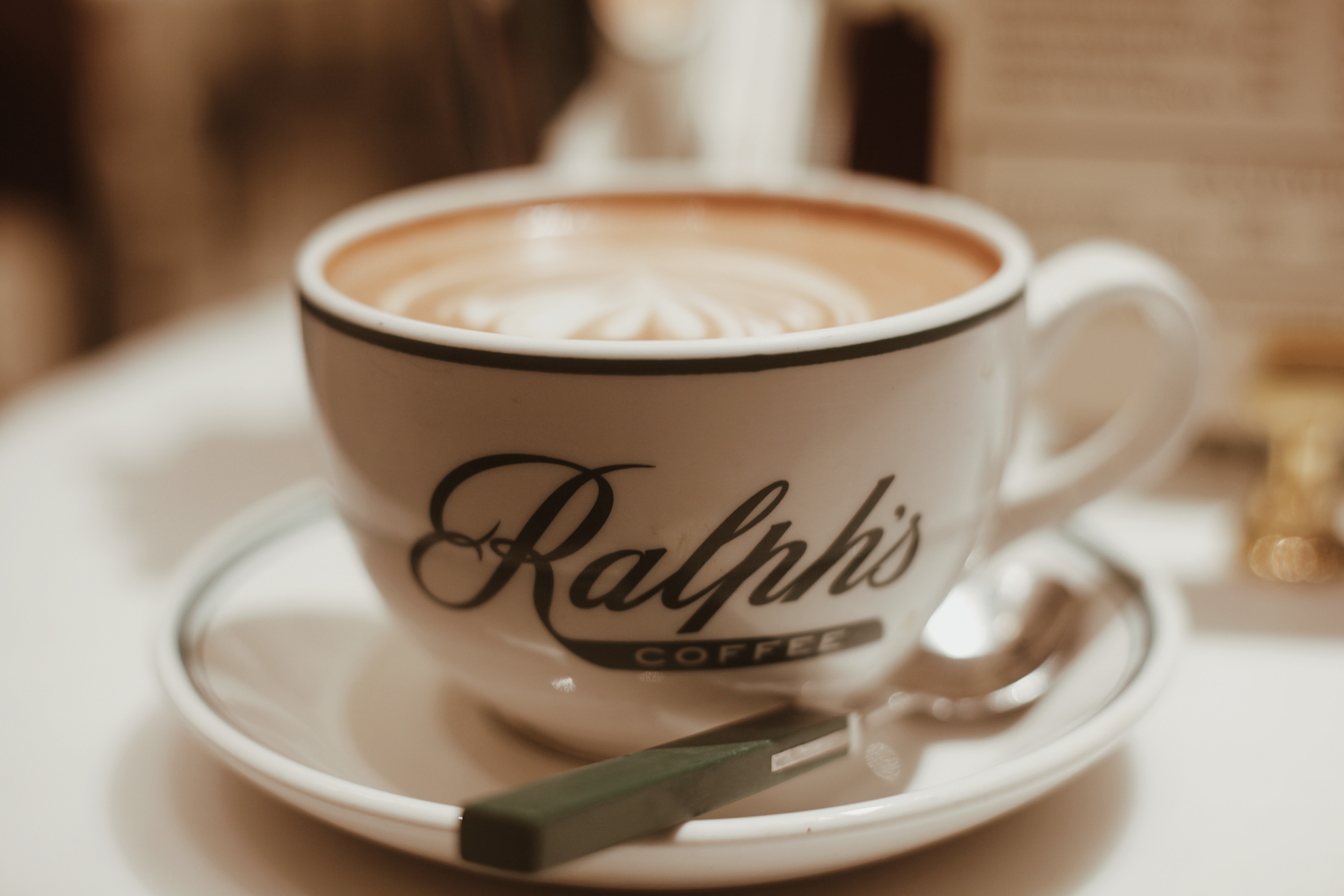Why Are Designer Brands Using Food to Further Their Profits?

In recent years, there has been an increase in the number of designer owned cafes and restaurants popping up around the globe. Whether it be Restaurant Dior in Paris or Chanel’s Beige Alain Ducasse in Tokyo, luxury designers are expanding their brands into the restaurant sector. This is leading many to question why these establishments exist or why they had not heard of this type of brand expansion sooner.
At first glance, food and fashion seem like two very different business worlds. Yet, in reality, they share much in common. Both are influenced by and change with the season, are constantly reinventing themselves and rely on quality and trendiness to attract and retain customers.
Designer owned restaurants exist for the sole purpose of marketing the brand. Not only do these attract an entirely new customer base (i.e., young adults seeking an accessible point of entry into the luxury brand market sphere and all that it represents), but they serve as creative spaces that allow the luxury brands to play with, tweak and promote their images in a less risky, less permanent and less expensive way. The goal of these restaurants is not to make them extremely profitable, but to serve as “loss leaders” – places that will ultimately increase the margins of the brand overall.
Most designer restaurants are located within the walls of a designer store itself. Take for example, Ralph's, owned by Ralph Lauren, in Paris’ 5th arrondissement. Upon arrival, customers are provided with a complete immersive experience that appeals to all the senses—beautiful displays, the scent of food and a cozy courtyard. Customers feel welcomed, as though they belong there. Belonging is the critical element: it is at the heart of every designer brand purchase. Owning or experiencing the brand provides entry into its 'sanctum sanctorum', which makes the consumer feel special and more inclined to develop a strong affinity for the brand.
Oftentimes, top clients and social media influencers are given the exclusive opportunity to attend or host invite-only events at these restaurants. Also, at certain locations, like Chanel’s Tokyo store, individuals who make large purchases are often gifted a voucher or invited to lunch at the restaurant within the store. This treatment helps satisfy customers' appetite for exclusivity and special treatment while continuing to build brand loyalty.
Ralph Lauren and Chanel, like all other designer cafes, know that though their general consumer may have come through the door for the fashion, but by enticing them to stay for the food creates an expanded opportunity for the retailer and has been proven to lead to an increase in sales.
Another benefit these restaurants provide is the attraction of a new demographic of young customers. The accessibility that these restaurants provide is especially important for targeting younger buyers. In the past, young buyers have entered the designer market by splurging on lower ticket items like sunglasses and perfume. These designer cafes fill the same niche but offer the opportunity to experience the brand through a less expensive and attainable experience.
It is important for these brands to target this younger demographic because the young consumers provide a benefit to the designers themselves through social media marketing. These young buyers, simply by posting about their experiences at these designer cafes, are actually serving as critical brand ambassadors—and helping the luxury market secure a pipeline of future consumers who would not likely otherwise have discovered them. Or worse, eschewed them, because of negative, classist stereotypes associated with high-end fashion designers.
These social media posts from the younger demographic are very important because if you do not have TikTok or Instagram, (or had never started reading this article), the chances are that you may not have heard of these designer restaurants. This is likely due to the fact that they are not marketed much, if at all. In fact, some designers, like YSL, do not even have a website for their food locations. Designers rely on consumers to do their own research to find out about the restaurants or to simply hear about them via social media posts from Millennials and Gen-Z. Gildas Loaëc, cofounder of Maison Kitsune and Cafe Kitsune, says they take this approach because it is "more interesting to tell a story [about their cafes] with a nice cake and coffee to show on Instagram" rather than hearing about the locations through an ad. Clearly, this tactic is working, as TikToks and Instagram Reels about these establishments have been blowing up online and have racked up thousands of views.
These posts bring attention to the brand’s restaurants as well as their fashion items. This helps make designer stores a destination for exclusive experiences. In turn, bringing in more foot traffic to stores and ultimately more money.
@ohuprettythings #yslcafe #ohuprettythings #parisaesthetic ♬ Crimson And Clover - The Shacks
Fashion designers operating restaurants provide customers with an exclusive experience while also boosting brand loyalty and profits, therefore providing benefits to brands as well as their patrons.
If you have any interest in visiting a designer cafe or restaurant in Paris, here are a few recommendations:
YSL Café, owned by Yves Saint Laurent, 9 Rue du 29 Juillet, 75001 Paris
Restaurant Dior, owned by Dior, 32 Av. Montaigne, 75008 Paris
LV Dream, owned by Louis Vuitton, 26 quai de la Mégisserie, 75001 Paris, France
Café Kitsune, owned by Maison Kitsune, 2 Pl. André Malraux, 75001 Paris
Ralph's, owned by Ralph Lauren, 173 Bd Saint-Germain, 75006 Paris
Emporio Armani Caffè, owned by Armani, 149 Bd Saint-Germain, 75001 Paris





